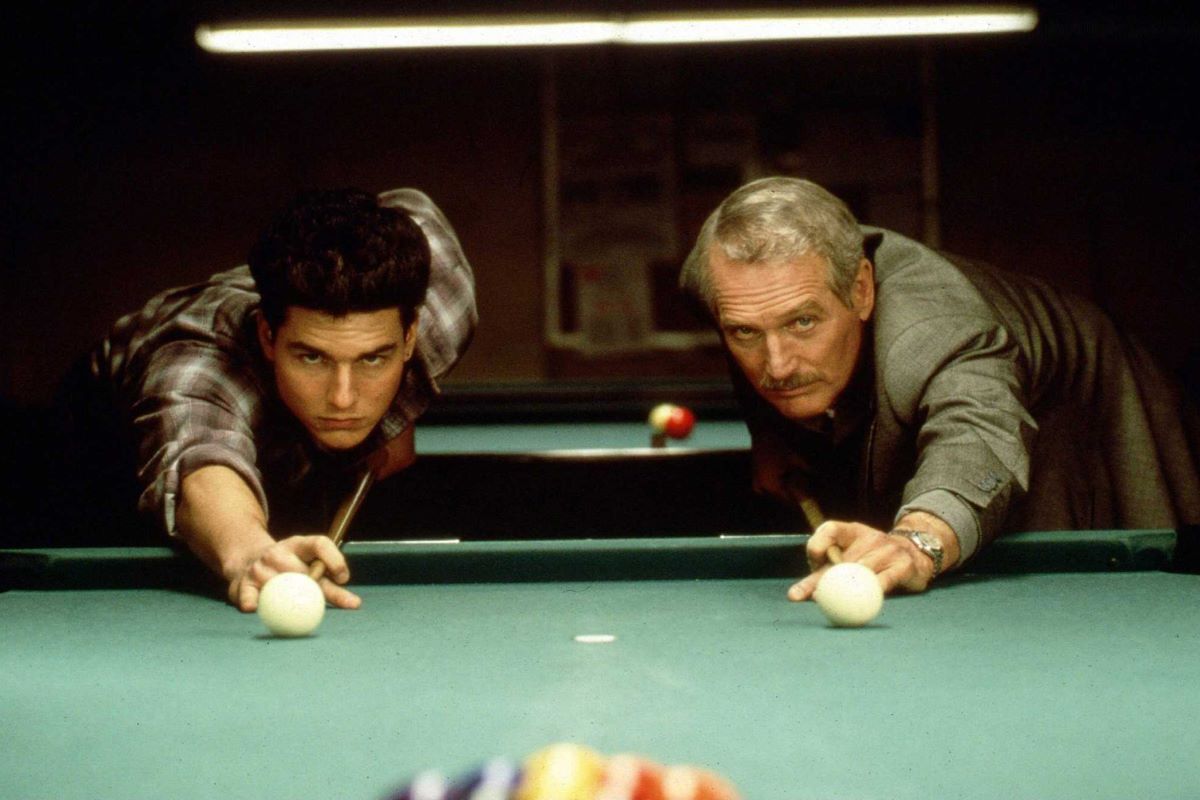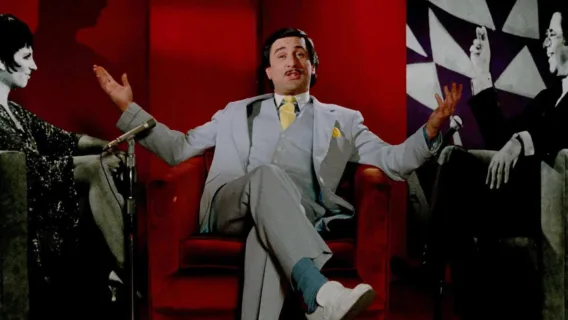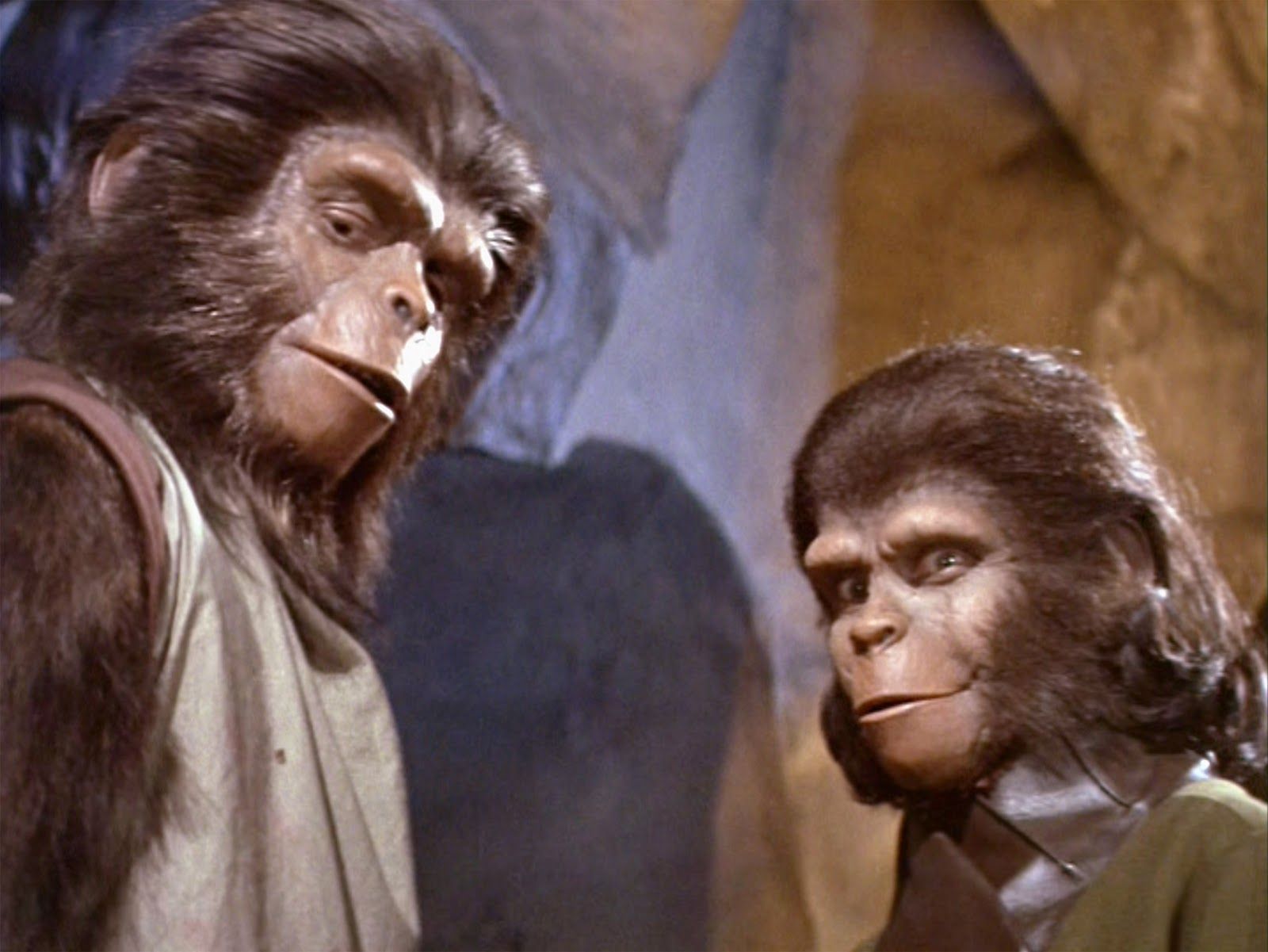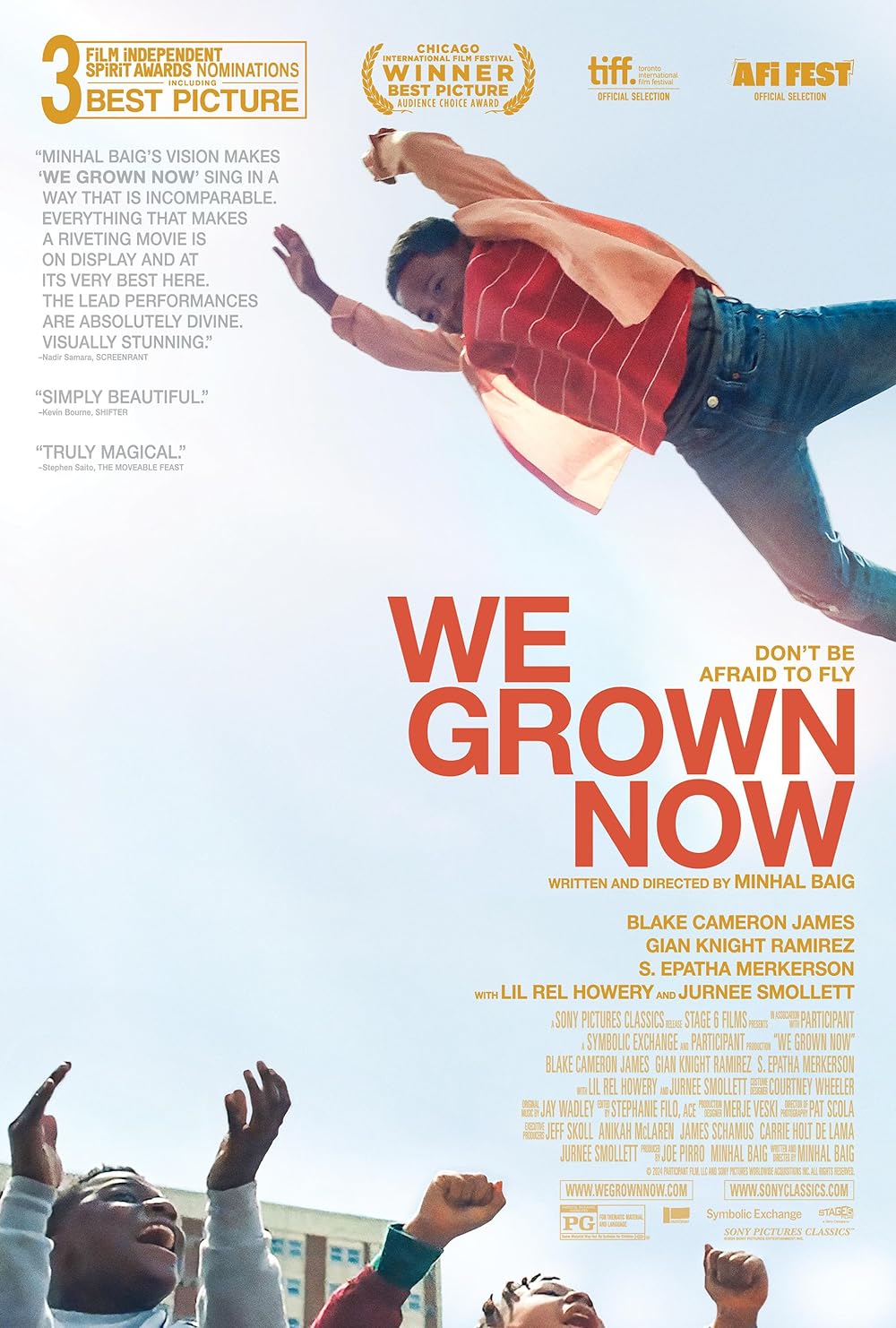With the possible exception of the third Godfather entry, I‘ve never had higher expectations for a sequel than for Martin Scorsese’s “The Color of Money” (1986). After all, it took Hollywood twenty-five years to come up with a follow-up to “The Hustler” (1961), one of the greatest films ever made. When they finally decided to make it, not only was Paul Newman paired alongside Tom Cruise, the biggest star from then and from now, but they were also cast under the direction of the greatest filmmaker of his generation. Sadly, this is a film that didn’t even inspire a second viewing until recently, thirty-seven years later, a period equivalent to the age gap between Tom Cruise and Paul Newman in the movie. At the end of the day, “The Color of Money” became more famous as the first Scorsese film to be angrily panned by both Siskel and Ebert (as depicted in the “Life Itself” documentary) than for anything else. How could this possibly happen?
“The Color of Money” deals with the continuing story of a mature Fast Eddie Felson (Paul Newman), perhaps the actor’s most defining character and one of the greatest to ever grace the screen. The film was crafted to replicate the third act of “The Hustler” from the very beginning, the part of the story where Bert Gordon (George C. Scott) took Eddie on tour along with his troubled girlfriend Sarah (Piper Laurie) into the world of big-time pool hustling. Our sequel has Eddie in Bert’s role as the couple’s sponsor, Mary Elizabeth Mastrantonio’s Carmen taking Sarah’s place as the much smarter and preceptive girlfriend, and Tom Cruise as Vince in the Eddie part of the ultra-talented diamond in the rough.
I was initially surprised to realize that the first two acts of “The Color Money” are much better than I remembered, and they set up a third one rather well. Scorsese does a good job of capturing just how much Eddie has matured since that awful day in Louisville when Sarah’s doom made him grow up in a hurry. This is now a man who’s come to appreciate the right people for the right reasons, such as his kind, new girlfriend Janelle (Helen Shaver), and one who can instantly tell Vince’s gift by the mere sound of pool balls smashing against one another in his opening shot. Even though “The Hustler” once dug deeply into what makes the world of billiards so unique, its sequel manages to convey even more fascinating facets of the game such as being the one competition where you don’t necessarily achieve your best interests by winning the match at hand. The whole goal is to enter the right duel with the right stakes when your opponent is not fully aware of your talents, allowing you to make a killing all at once. More than the mastery of pool itself, this is the one knack that makes Eddie special these days.
As much as the first two acts from “The Color of Money” resemble the last one from “The Hustler” and as much as Eddie, like Bert before him, strives for profit and the thrill of the action (“Money won tastes twice as good as a money earned”), there is a crucial difference between both characters. Whatever Eddie’s faults, he has always been a noble man whose motives go beyond making as much money as possible. This may initially sound like a good thing, but this variation turns out to be the one aspect of the new film that brings it down. When we last saw Eddie and his two companions traveling to Louisville in “The Hustler,” Bert’s evil, manipulative nature coupled with Sarah’s fragility always gave the feeling we were dealing with matters of life and death. This doesn’t necessarily mean that the new film needed to bring George C. Scott’s memorable character back no matter how terrific, but a decent sponsor to this sort of road trip means there’s not that much at stake for either Eddie or Vince.
Even though “The Color of Money” has three main leads, this continues Fast Eddie Felson’s story at its core. Aside from a lack of urgency, the other big problem with the film is just how unconvincingly these three characters end up evolving. Two thirds into it, Eddie is unexpectedly hustled by the Forest Whitaker character in a rather confusing scene where it isn’t clear if Eddie participated in a game of nine-ball or simply kept on betting against his opponent. After this downer of a sequence, the movie goes downhill and never recovers. In “The Hustler,” we first came to learn some of Eddie’s weaknesses such as how he first lacked the necessary character to become the best in his sport and how he would lie to himself with phony excuses about why he lost to Minnesota Fats. Whatever these faults, a lack of confidence was never in Eddie’s nature, which means that this extreme reaction to losing a great deal of money in one afternoon doesn’t ring true.
Watching “The Color of Money” again after all these years, I’ve come to doubt if Scorsese ever realized that it was never the game of pool by itself that made the Fast Eddie Felson saga fascinating. This is not meant to put down his numerous technologically advanced shots of pool balls hitting one another in extreme close-ups. Still, I believe that one of the best decisions that Robert Rossen made in “The Hustler” was to focus on his characters’ reactions during the matches instead of doing it in the game itself, a sport that many of us have never come to fully understand nor have ever cared to.
Unlike its predecessor, “The Color of Money” lacks any significant stakes for its leads. They end up learning some of the fine points of the game of pool, but not much about anything else. Even though Tom Cruise is fine in the role, his Vince starts the movie as a great-but-dumb talent, and he ends up exactly the same way. My impression is that when he and Carmen returned home at the end of the movie, he probably went back to working at the toy store or the like for the rest of his life. What made “The Hustler” so very special was watching Eddie learn the necessary life lessons in the hardest of ways. Watching the sequel recently, I could sense Scorsese fighting himself, trying not to be predictable by avoiding the typical cinematic showdown. This is all fine, but I don’t think he provided anything of substance in return. “The Color of Money” isn’t a terrible movie by any means, but considering the anticipation and the talent involved, it’s hard to understand the point of Scorsese involving himself in a sequel that is inferior to its predecessor and from most of his other works.












